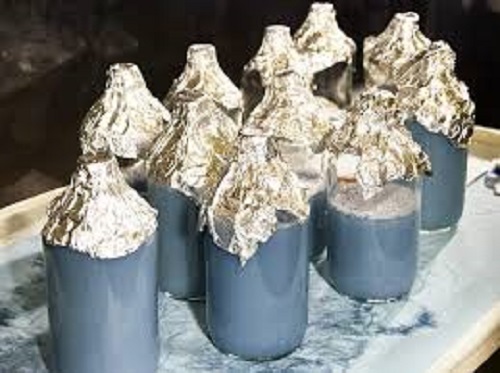Horseshoe Crab Blood
Why Is Horseshoe Crab Blood So Expensive?
Why Is Horseshoe Crab Blood So Expensive?
Horseshoe crab blood is one of the most valuable substances in the world, often fetching astronomical prices due to its unique properties. But why is horseshoe crab blood so expensive, and what makes it so essential in various industries? In this blog, we’ll explore the science behind this fascinating liquid and why it is a critical component in life-saving medical practices.
Horseshoe crabs, which are not true crabs but more closely related to spiders, possess blue blood. This distinct coloration comes from the presence of copper-based hemocyanin, which helps transport oxygen through their bodies. However, it is not the color that makes horseshoe crab blood so sought after—it’s the presence of a special substance called Limulus Amebocyte Lysate (LAL). LAL plays a vital role in detecting bacterial endotoxins, and it has been proven to be an invaluable tool in the field of medical safety.
The Role of Horseshoe Crab Blood in Medicine
One of the most crucial reasons for the high price of horseshoe crab blood is its use in the Limulus Amebocyte Lysate Assay, a test used to ensure the safety of medical devices, vaccines, and pharmaceuticals. The test works by detecting bacterial endotoxins, which can cause severe reactions in humans if introduced into the body. A tiny trace of endotoxins can be lethal, making it essential to ensure that medical products are free of contaminants.
In the 1970s, scientists discovered that horseshoe crab blood could be used to detect endotoxins with exceptional sensitivity. As a result, the pharmaceutical industry adopted LAL testing to screen everything from surgical implants to intravenous drugs. This testing method is so reliable that it’s now considered the gold standard for endotoxin detection, making horseshoe crab blood irreplaceable in medical practices.
Why Is Horseshoe Crab Blood So Expensive?
The cost of horseshoe crab blood comes down to its rarity and the delicate process involved in collecting it. Harvesting horseshoe crab blood is a challenging and time-consuming process that requires specialized knowledge and equipment. To obtain the blood, horseshoe crabs are captured, and a portion of their blood is drawn, after which they are returned to the wild. However, the procedure is not without risks. Many crabs do not survive the process, and their populations are dwindling in some regions.
Additionally, the collection of horseshoe crab blood requires the use of large quantities of crabs, further driving up the cost. The expense is compounded by the fact that horseshoe crabs are not found in abundance, making their blood a scarce commodity. The cost of preserving, transporting, and handling the blood also adds to the final price.
The Ethical Concerns and Conservation Efforts
While horseshoe crab blood is crucial for medical safety, the process of extracting it has raised concerns regarding the ethical treatment of these creatures. Some conservationists argue that the practice of blood collection is harmful to the horseshoe crab population and can have long-term effects on ecosystems. In response to these concerns, there have been calls for alternative testing methods that do not involve the use of animals.
In recent years, researchers have been exploring synthetic alternatives to horseshoe crab blood, such as recombinant Factor C assays, which could eventually reduce the need for blood extraction. However, these alternatives are still in development, and for now, horseshoe crab blood remains indispensable for many medical applications.
Conclusion
In conclusion, the high price of horseshoe crab blood is a reflection of its immense value in the medical industry. Its ability to detect harmful bacterial endotoxins makes it an irreplaceable asset in ensuring the safety of medical products. However, the ethical concerns surrounding its collection and the declining population of horseshoe crabs have led to increased efforts to find alternative solutions. While these alternatives are promising, horseshoe crab blood continues to be a critical resource in the fight for medical safety.
Understanding why horseshoe crab blood is so expensive gives us a deeper appreciation for the delicate balance between scientific progress and environmental conservation. It also highlights the importance of finding sustainable ways to protect both human health and the natural world.

